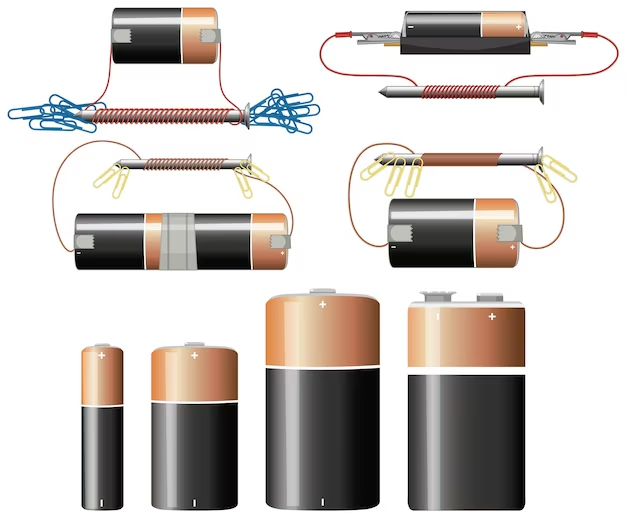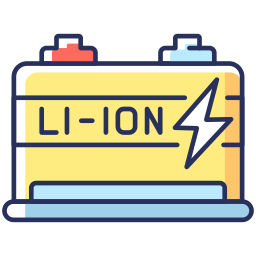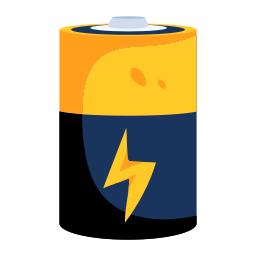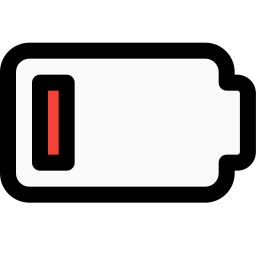Battery Storage
Battery
Empowering Our World: A Journey into the Heart of Battery Technology
Welcome to the electrifying realm where innovation meets energy – the world of batteries. These unassuming powerhouses play a pivotal role in our daily lives, silently fueling the devices and technologies that define modern living. From smartphones that keep us connected to electric vehicles propelling us into the future, batteries are the unsung heroes powering progress.

Decoding Power: The Intricate Anatomy of Batteries Unveiled
Embark on a journey into the heart of energy storage as we unravel the mysteries behind the batteries that power our devices. The anatomy of batteries is a fascinating tapestry of chemical interactions and engineering brilliance. In this section, we break down the components that work in harmony to generate the electrical magic that fuels our everyday lives.

Decoding Power: The Intricate Anatomy of Batteries Unveiled
Embark on a journey into the heart of energy storage as we unravel the mysteries behind the batteries that power our devices. The anatomy of batteries is a fascinating tapestry of chemical interactions and engineering brilliance. In this section, we break down the components that work in harmony to generate the electrical magic that fuels our everyday lives.
Types of Batteries

Lithium-Ion (Li-ion) Batteries
Commonly used in portable electronic devices like smartphones and laptops, Li-ion batteries offer high energy density, lightweight design, and a relatively long lifespan. They are rechargeable and widely used in various applications.

Lead-Acid Batteries
Traditional lead-acid batteries are known for their reliability and affordability. Often used in vehicles, uninterruptible power supply (UPS) systems, and backup power applications, these batteries are durable but can be heavy and require maintenance.

Nickel-Metal Hydride (NiMH) Batteries
NiMH batteries are rechargeable and commonly found in devices like digital cameras and power tools. They offer a higher energy density than Ni-Cd batteries and are less prone to the “memory effect.

Nickel-Cadmium (Ni-Cd) Batteries
Ni-Cd batteries, while less common today, are rechargeable and were once widely used in various electronics. They have a longer cycle life than some other rechargeable batteries but are known for the “memory effect.”

Zinc-Carbon Batteries
Often considered disposable, zinc-carbon batteries are commonly used in low-drain devices like clocks and toys. They are affordable but have a lower energy density compared to alkaline batteries.

Alkaline Batteries
Alkaline batteries are non-rechargeable and often used in household items like remote controls and flashlights. They provide a reliable and long-lasting power source but are not designed for repeated recharging.
Get In Touch Now
Eco Genus, we are committed to providing exceptional heating solutions tailored to your needs and budget. Contact us today to schedule a consultation or learn more about how we can help you achieve optimal comfort and energy savings.
